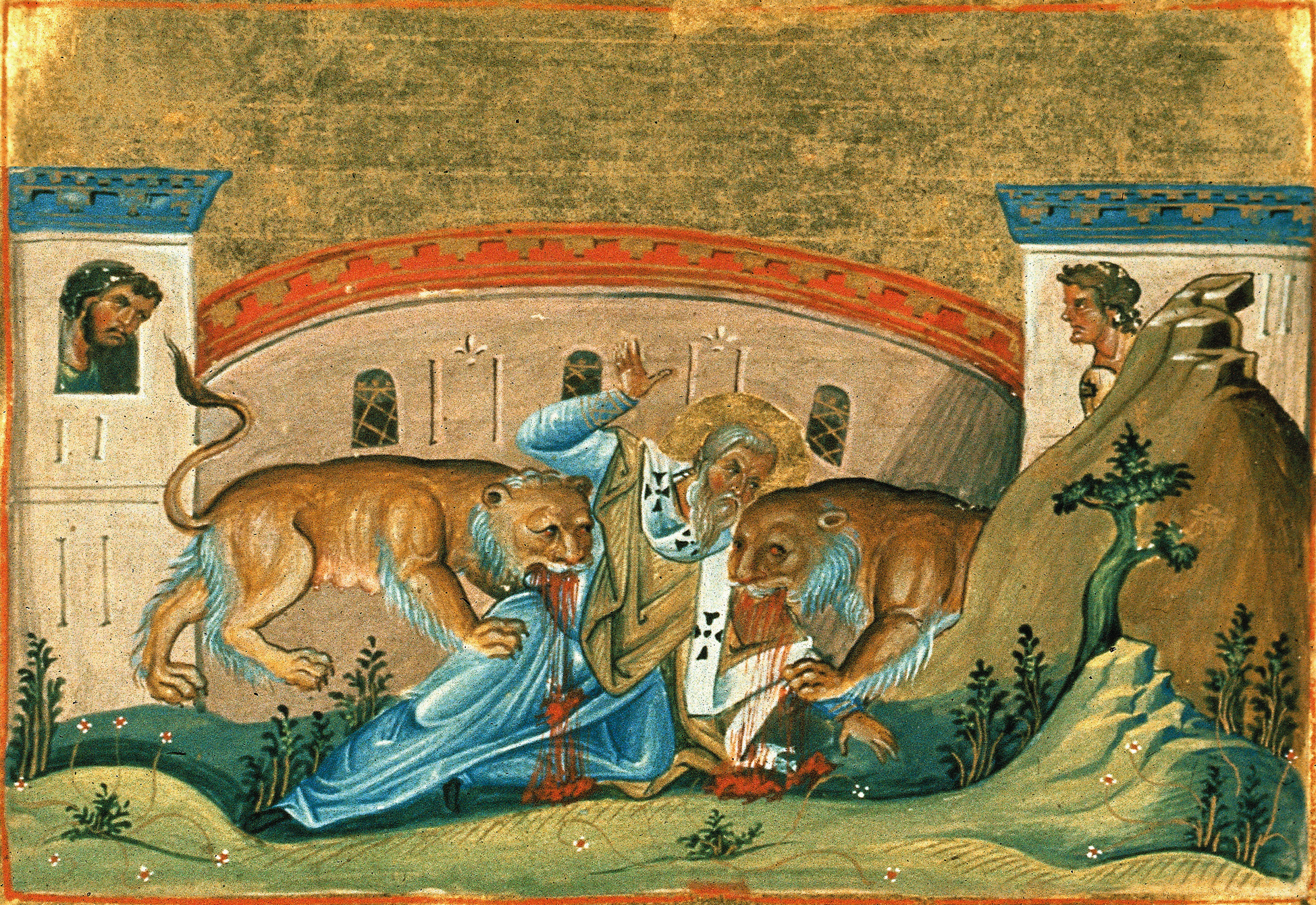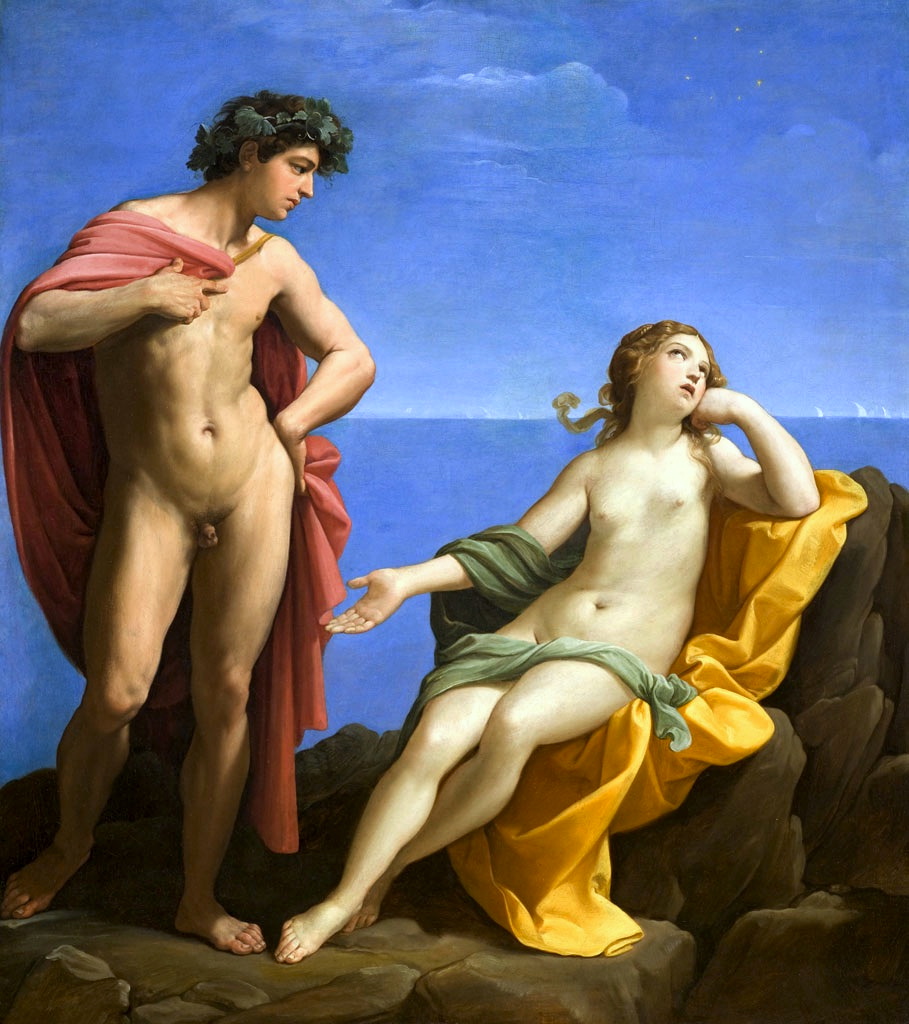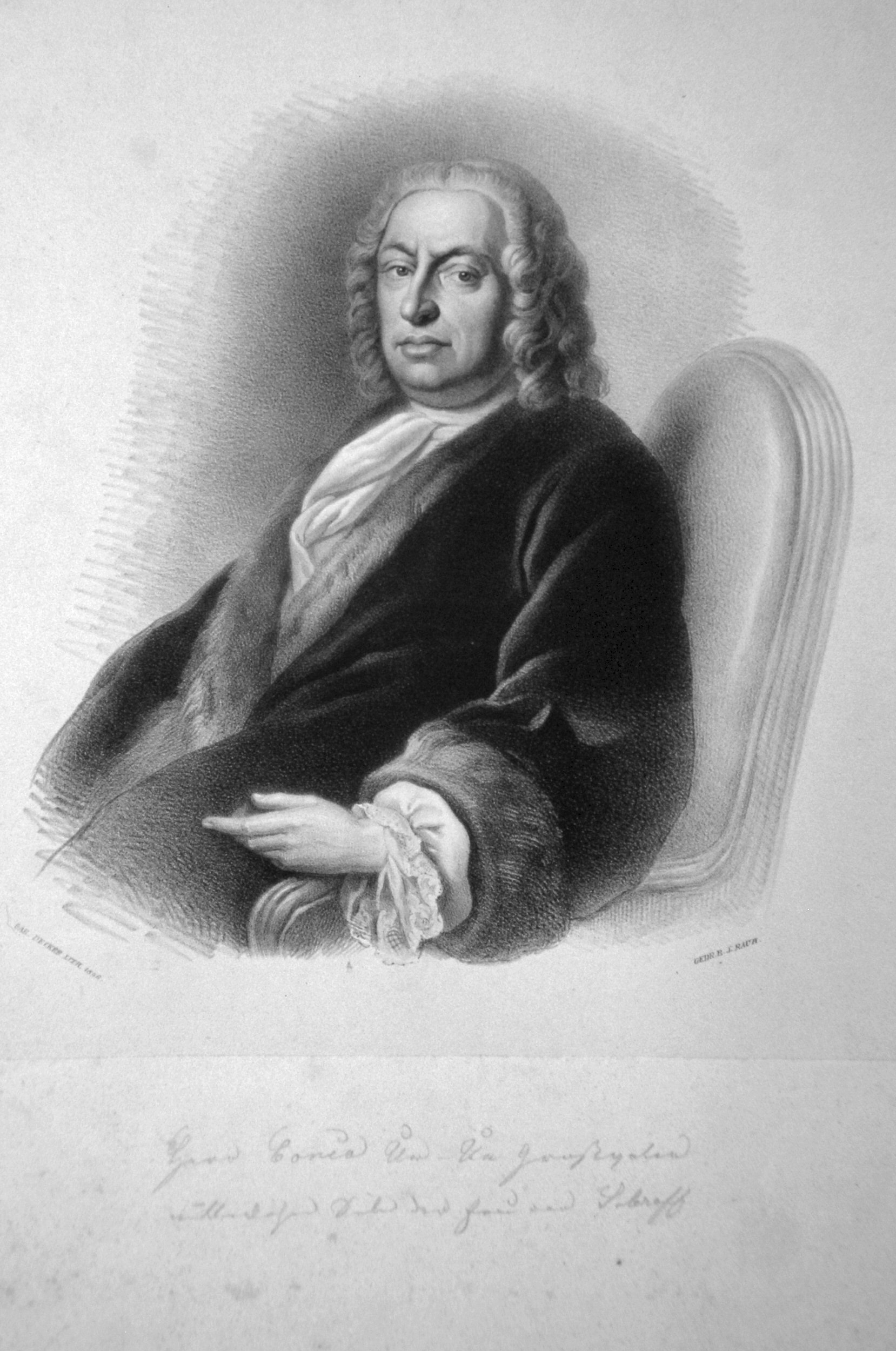|
Sant'Ignazio All'Olivella
The Church of Saint Ignatius (Italian: Chiesa di Sant'Ignazio or Sant'Ignazio all'Olivella) is a Baroque church of Palermo. It is located in the ancient neighborhood of the Olivella, in the quarter of the Loggia, within the historic centre of Palermo. History Construction of the church was begun in 1598 under the patronage the Congregation of the Oratory of Saint Philip Neri. Putatively, this site housed the Sinibaldi family palace, where the 12th-century Santa Rosalia had been born. A Norman era chapel was present at the site. The Oratory of Santa Caterina is present to the right of the facade, recessed from the piazza. North of the facade is attached the former convent of the Jesuit congregation, now Regional Archeological Museum Antonio Salinas. The initial architect was Antonio Muttone. Work persisted for nearly a century, and formal consecration did not take place till 1711. Description The baroque facade has projecting doric columns. The flanking bell-towers were added ... [...More Info...] [...Related Items...] OR: [Wikipedia] [Google] [Baidu] |
Palermo
Palermo ( , ; scn, Palermu , locally also or ) is a city in southern Italy, the capital of both the autonomous region of Sicily and the Metropolitan City of Palermo, the city's surrounding metropolitan province. The city is noted for its history, culture, architecture and gastronomy, playing an important role throughout much of its existence; it is over 2,700 years old. Palermo is in the northwest of the island of Sicily, by the Gulf of Palermo in the Tyrrhenian Sea. The city was founded in 734 BC by the Phoenicians as ("flower"). Palermo then became a possession of Carthage. Two Greek colonies were established, known collectively as ; the Carthaginians used this name on their coins after the 5th centuryBC. As , the town became part of the Roman Republic and Roman Empire, Empire for over a thousand years. From 831 to 1072 the city was under History of Islam in southern Italy, Arab rule in the Emirate of Sicily when the city became the capital of Sicily for t ... [...More Info...] [...Related Items...] OR: [Wikipedia] [Google] [Baidu] |
Ignatius Of Antioch
Ignatius of Antioch (; Greek: Ἰγνάτιος Ἀντιοχείας, ''Ignátios Antiokheías''; died c. 108/140 AD), also known as Ignatius Theophorus (, ''Ignátios ho Theophóros'', lit. "the God-bearing"), was an early Christian writer and Patriarch of Antioch. While en route to Rome, where he met his martyrdom, Ignatius wrote a series of letters. This correspondence now forms a central part of a later collection of works known to be authored by the Apostolic Fathers. He is considered to be one of the three most important of these, together with Clement of Rome and Polycarp. His letters also serve as an example of early Christian theology. Important topics they address include ecclesiology, the sacraments, and the role of bishops. Life Nothing is known of Ignatius' life apart from what may be inferred internally from his letters, except from later (sometimes spurious) traditions. It is said Ignatius converted to Christianity at a young age. Tradition identifies ... [...More Info...] [...Related Items...] OR: [Wikipedia] [Google] [Baidu] |
Roman Catholic Churches In Palermo
Roman or Romans most often refers to: *Rome, the capital city of Italy *Ancient Rome, Roman civilization from 8th century BC to 5th century AD *Roman people, the people of ancient Rome *''Epistle to the Romans'', shortened to ''Romans'', a letter in the New Testament of the Christian Bible Roman or Romans may also refer to: Arts and entertainment Music *Romans (band), a Japanese pop group * ''Roman'' (album), by Sound Horizon, 2006 * ''Roman'' (EP), by Teen Top, 2011 *"Roman (My Dear Boy)", a 2004 single by Morning Musume Film and television *Film Roman, an American animation studio * ''Roman'' (film), a 2006 American suspense-horror film * ''Romans'' (2013 film), an Indian Malayalam comedy film * ''Romans'' (2017 film), a British drama film * ''The Romans'' (''Doctor Who''), a serial in British TV series People *Roman (given name), a given name, including a list of people and fictional characters *Roman (surname), including a list of people named Roman or Romans *Ῥωμαῖ ... [...More Info...] [...Related Items...] OR: [Wikipedia] [Google] [Baidu] |
Lorenzo Di Credi
Lorenzo di Credi (1456/59 – January 12, 1537) was an Italian Renaissance painter and sculptor best known for his paintings of religious subjects. He is most famous for having worked in the studio of Andrea del Verrocchio at the same time as the young Leonardo da Vinci. Life Lorenzo was born in Florence in 1456 or 1459 to a goldsmith named Andrea d' Oderigo. He was apprenticed to Andrea del Verrocchio, probably in the mid-1470s. He eventually became Verrocchio's primary assistant and inherited his workshop on Verrocchio's death in 1488. On Verrocchio's behalf he completed the famous ''Madonna di Piazza'' for the cathedral of Pistoia, commissioned to Verrocchio in 1475 but executed by Lorenzo between 1485 and 1491. Lorenzo's earliest independent works include an ''Annunciation'' in the Uffizi, two panels of the ''Madonna and Child'' at the Galleria Sabauda in Turin, another at the National Gallery in London and ''Adoration of the Child'' at the Pinacoteca Querini Stampa ... [...More Info...] [...Related Items...] OR: [Wikipedia] [Google] [Baidu] |
Pietro Novelli
Pietro Novelli (March 2, 1603 – August 27, 1647) was an Italian painter of the Baroque period, active mainly in Palermo. Also known as ''il Monrealese'' or ''Pietro "Malta" Novelli'' to distinguish him from his father, Pietro Antonio Novelli I. He was also nicknamed by contemporaries as the ''Raphael of Sicily''. Biography He was born in Monreale, and died in Palermo. He initially trained with his father, a painter and mosaicist. His father died in 1625 from the bubonic plague. As a young apprentice he was a fellow pupil with Gerardo Asturino. In 1618, he moved to Palermo and apprenticed with Vito Carrera (1555–1623). His first dated work is from 1626: ''St. Anthony Abbot'' for the church of Sant'Antonio Abate in Palermo. The development of his style owed much to Anthony van Dyck, who visited Sicily in 1624 and whose altarpiece, the ''Madonna of the Rosary'' in the oratory of Santa Maria del Rosario in Palermo was highly influential for local artists. He was also commissi ... [...More Info...] [...Related Items...] OR: [Wikipedia] [Google] [Baidu] |
Mario Menniti
is a character created by Japanese video game designer Shigeru Miyamoto. He is the title character of the ''Mario'' franchise and the mascot of Japanese video game company Nintendo. Mario has appeared in over 200 video games since his creation. Depicted as a short, pudgy, Italian plumber who resides in the Mushroom Kingdom, his adventures generally center on rescuing Princess Peach from the Koopa villain Bowser. Mario has access to a variety of power-ups that give him different abilities. Mario's fraternal twin brother is Luigi. Mario first appeared as the player character of ''Donkey Kong'' (1981), a platform game. Miyamoto wanted to use Popeye as the protagonist, but when he could not achieve the licensing rights, he created Mario instead. Miyamoto expected the character to be unpopular and planned to use him for cameo appearances; originally called "Mr. Video", he was renamed to Mario after Mario Segale. Mario's clothing and characteristics were themed after the setting ... [...More Info...] [...Related Items...] OR: [Wikipedia] [Google] [Baidu] |
Salvatore Loforte
Salvatore Lo Forte, also sometimes written Loforte, (1804 -1885) was an Italian painter, active mainly in his native Palermo, and painting in a neoclassical style. Biography He was born in Palermo. His first training was under the painter G. Burgio, and they Vincenzo Riolo. In 1816, he attended lessons in the Royal ''Accademia del Nudo'' of Palermo, where he studied under Giuseppe Velasco. Along with Riolo he was employed in the restoration of the Novelli frescoes in the Chapel of the Holy Crucifix in the church of San Filippo Neri in Palermo. In 1824, he received a scholarship from the Municipal government to study under Vincenzo Camuccini in Rome. By 1830, he was back in Palermo, where he painted the ''Blessed Sebastiano Valfré performs the miracle of healing a cripple'' for the church of Sant'Ignazio all'Olivella. In 1837, he was appointed director of the ''Regia Accademia del Nudo'', succeeding Riolo. In 1857, Lo Forte was replaced by Francesco Lo Jacono. He was in demand ... [...More Info...] [...Related Items...] OR: [Wikipedia] [Google] [Baidu] |
Sebastian Valfrè
Sebastian Valfrè (9 March 1629 – 30 January 1710) was a Catholic priest and a member of the Oratory of Saint Philip Neri. He is called the Apostle of Turin for his long years of service to the people of that city, where he served as the provost of the local Oratory for many years. Life Valfrè was born in Verduno, then in the Duchy of Savoy, now in the Province of Cuneo in the Piedmont region of Italy. He was born to a family of poor farmers, but through struggle and effort he managed to attend various universities in the region, until he graduated from the University of Turin. Valfrè joined the Oratory of Saint Philip Neri in Turin on 26 May 1651, the feast day of their founder, St. Philip Neri, and was ordained a priest on the following 24 February. He was awarded the degree of Doctor of Theology in 1656. In his ministry to the people of Turin, Valfrè gained a reputation for caring for the sick and as a confessor with deep insight. He became the confessor for D ... [...More Info...] [...Related Items...] OR: [Wikipedia] [Google] [Baidu] |
Guido Reni
Guido Reni (; 4 November 1575 – 18 August 1642) was an Italian painter of the Baroque period, although his works showed a classical manner, similar to Simon Vouet, Nicolas Poussin, and Philippe de Champaigne. He painted primarily religious works, but also mythological and allegorical subjects. Active in Rome, Naples, and his native Bologna, he became the dominant figure in the Bolognese School that emerged under the influence of the Carracci. Biography Born in Bologna into a family of musicians, Guido Reni was the only child of Daniele Reni and Ginevra Pozzi.Spear, Richard E. "Reni, Guido". ''Grove Art Online. Oxford Art Online''. Oxford University Press. Apprenticed at the age of nine to the Bolognese studio of Denis Calvaert, he was soon joined in that studio by Albani and Domenichino. When Reni was about twenty years old, the three Calvaert pupils migrated to the rising rival studio, named '' Accademia degli Incamminati'' (Academy of the "newly embarked", or p ... [...More Info...] [...Related Items...] OR: [Wikipedia] [Google] [Baidu] |
Filippo Paladino
Filippo Paladino (1544 -1614) was an Italian painter. Biography He was born near Florence in Tuscany and remained there until circa 1586 when he was imprisoned and subsequently exiled to Malta. From there, he moved to Sicily where he was active the rest of his life. He painted an altarpiece for the church of Sant'Ignazio all'Olivella. He painted two altarpieces for the church of San Gregorio Magno, Vizzini. He painted two altarpieces for the church of San Giorgio dei Genovesi, Palermo Saint George of the Genoese (Italian: San Giorgio dei Genovesi) is a Renaissance-style, Roman Catholic church located near the port of La Cala, on Via Buon Pastore in the ancient quarter of the Loggia, in Palermo, region of Sicily, Italy. Hist .... References * {{DEFAULTSORT:Paladino, Filippo 1544 births 1614 deaths Painters from Florence Painters from Sicily 16th-century Italian painters 17th-century Italian painters Italian male painters ... [...More Info...] [...Related Items...] OR: [Wikipedia] [Google] [Baidu] |
Ignazio Marabitti
Ignazio Marabitti (6 September 1719La Sicilia nel secolo XVIII e la poesia satiricoburlesca By Giuseppe Leanti, page 163. in Palermo – 1797 in Palermo) was a Sicilian sculptor of the late Baroque period. He trained in Rome in the studio of Filippo della Valle, head of the Accademia di San Luca, but was mainly active in Sicily, where his works can be found in Siracusa, Caltanisetta, Catania, Messina, and Palermo. Among his notable works is the Fontana del Genio a Villa Giulia, and statues on the facades of the Cathedral of Syracuse and the Cathedral of Palermo Palermo Cathedral is the cathedral church of the Roman Catholic Archdiocese of Palermo, located in Palermo, Sicily, southern Italy. It is dedicated to the Assumption of the Virgin Mary. As an architectural complex, it is characterized by the pr .... References * 1719 births 1797 deaths 18th-century Italian sculptors Italian male sculptors Artists from Palermo 18th-century Italian male artists ... [...More Info...] [...Related Items...] OR: [Wikipedia] [Google] [Baidu] |
Sebastiano Conca
Sebastiano Conca (8 January 1680 – 1 September 1764) was an Italian painter. Biography He was born at Gaeta, then part of the Kingdom of Naples, and apprenticed in Naples under Francesco Solimena. In 1706, along with his brother Giovanni, who acted as his assistant, he settled in Rome, where for several years he worked only in chalk, to improve his drawing. He was patronized by the Cardinal Ottoboni, who introduced him to Clement XI, who commissioned him a well-received ''Jeremiah'' painted for the church of St. John Lateran. He also painted an ''Assunta'' for the church of Santi Luca e Martina in Rome. Conca was knighted by the pope. He collaborated with Carlo Maratta in the ''Coronation of Santa Cecilia'' (1721–24) in the namesake church of Santa Cecilia in Trastevere. In 1718 he was elected to the Accademia di San Luca, and was its director in 1729–1731, replacing Camillo Rusconi as ''Principe'' in 1732. He was also elected Principe in 1739–1741. His painting wa ... [...More Info...] [...Related Items...] OR: [Wikipedia] [Google] [Baidu] |



.jpg)


